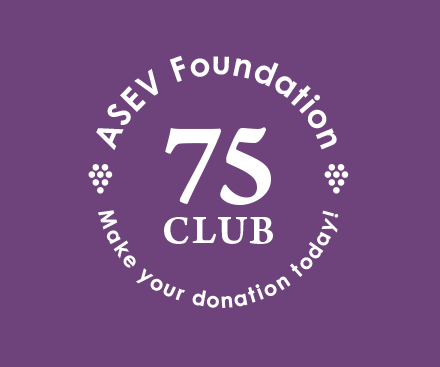Abstract
A commercial sulfur dioxide cork sterilization treatment was assessed microbiologically. The treatment inactivated, respectively, 80% and almost 100% of the bacterial and mold colony forming units present on the corks. Penicillium spp., predominant among the untreated cork microflora, were almost completely inactivated by the treatment. Bacillus spp. were found at much lower levels than molds on the corks, but appeared less susceptible to the treatment than Penicillium spp. Yeasts were rarely detected on the corks.
- Received November 1981.
- Accepted January 1982.
- Published online January 1982
- Copyright 1982 by the American Society for Enology and Viticulture
Sign in for ASEV members
ASEV Members, please sign in at ASEV to access the journal online.
Sign in for Institutional and Non-member Subscribers
Log in using your username and password
Pay Per Article - You may access this article (from the computer you are currently using) for 2 day for US$10.00
Regain Access - You can regain access to a recent Pay per Article purchase if your access period has not yet expired.









